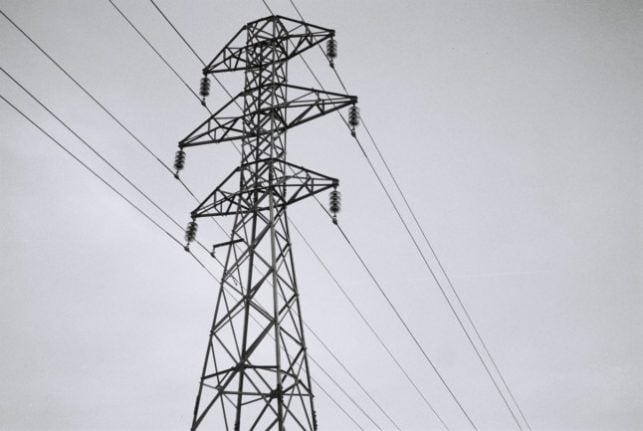At the end of last year, the government unveiled a package aimed at helping consumers cope with soaring energy bills in Norway.
One of the headline measures included in the package was the government covering 55 percent of the public’s energy bills when the spot price rose above 70 øre per kilowatt-hour throughout the winter.
Despite the presence of the support scheme, many households are faced with energy bills up to several times higher than typical during winter due to high energy prices caused by low power stocks and high exports to the continent.
READ MORE: This is how much electricity in Norway will cost this winter
Both the Confederation of Norwegian Trade Unions (LO) and Huseierne (The Homeowners Association) have called on the government to improve the package.
Peggy Hessen Følsvik said the government should launch a “2.0” version of its support scheme.
“The government’s electricity package, which was launched before Christmas, must be followed up with an electricity package 2.0,” she told broadcaster TV2.
Følsvik also called the government’s decision to export large volumes of energy abroad when prices were so high domestically as “illogical, incomprehensible and unfair”.
One bill payer described the support to broadcaster TV2 as a “small plaster on a large wound”.
“Yes, the power support is like a small plaster on a large wound. In any case, we are left with a net bill of around 5,000 kroner. Then we have to cut back on things like service on the car, repairs in the house and on leisure activities,” Daniel Vilseng Hilsen told the broadcaster.
READ ALSO: How to save on your Norwegian electricity bill
Figures from the Norwegian Water Resources and Energy Directorate (NVE) have estimated that around 1.9 million households will have their electricity bills for December subsidised.
Despite this, Huseierne has suggested that the government increase the proportion of the bill it covers from 55 percent to 75 percent.
“The state and publicly owned companies make a fortune on the high electricity prices, while the money flows out of the household budget of ordinary people. The government and the Storting must do something about this. The power support scheme that was adopted just before Christmas must be improved immediately,” the secretary-general for the association, Morten Andrea Meyer, wrote on the association’s website.
Additionally, the Socialist Left Party, which the government negotiated the package with to receive a parliamentary majority for the support scheme, has told newswire NTB that it would be open to sitting down with the government to discuss ways of improving the measures.
How has the government reacted to the pressure?
The government has said it is open to changing and tweaking the scheme if needs be but first wants to see how the package, which it claims was put together in ‘record time’, works in practice.
“It is difficult to rule anything out. The government has presented a scheme that is large and precise, and we will see over time (if it works),” Amund Vik, state secretary in the energy ministry, told TV2.
“It is a scheme that has been put together in record time, and, naturally, we will look at how it works before we take any action,” he added.
Vik also explained that he could understand why many would want to see the measures reinforced further,
“The prices are extraordinarily high, so that the desire to improve the scheme is completely understandable and legitimate,” he said.



 Please whitelist us to continue reading.
Please whitelist us to continue reading.
Member comments